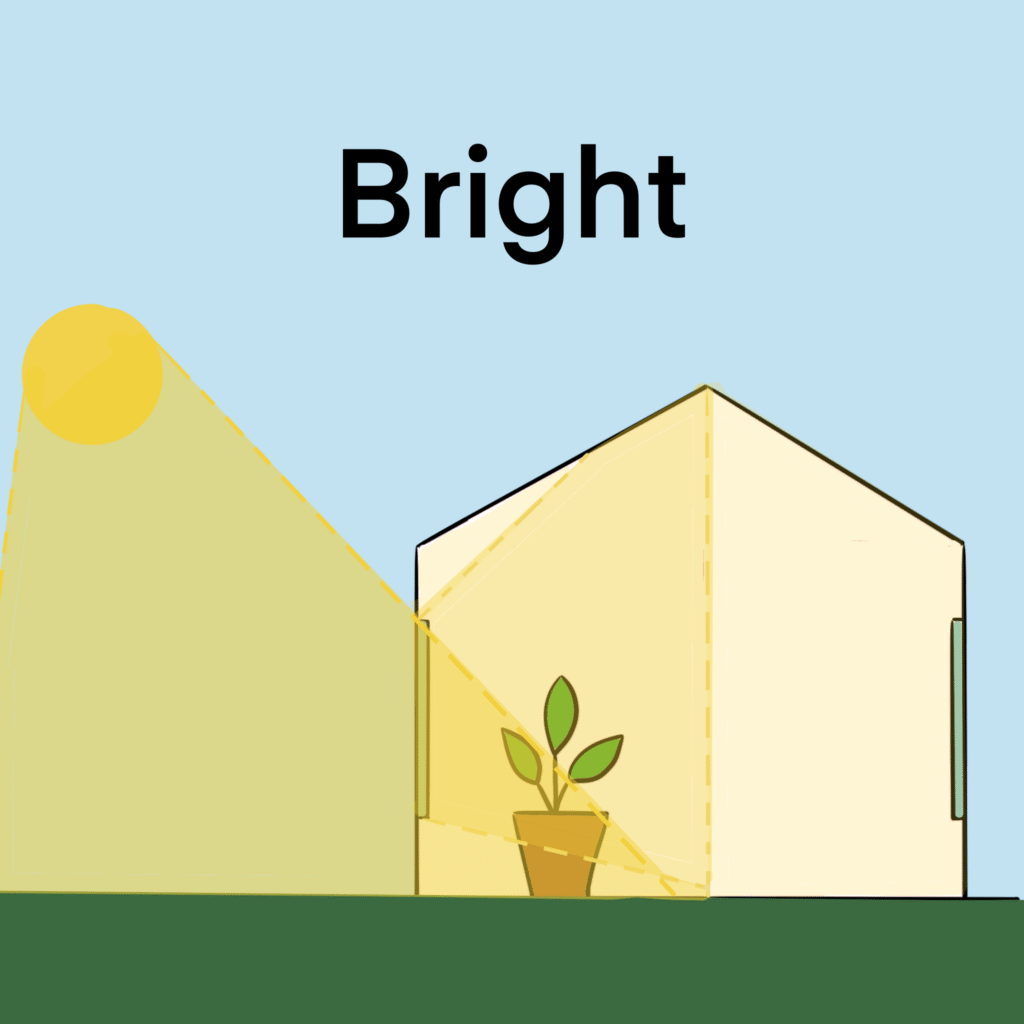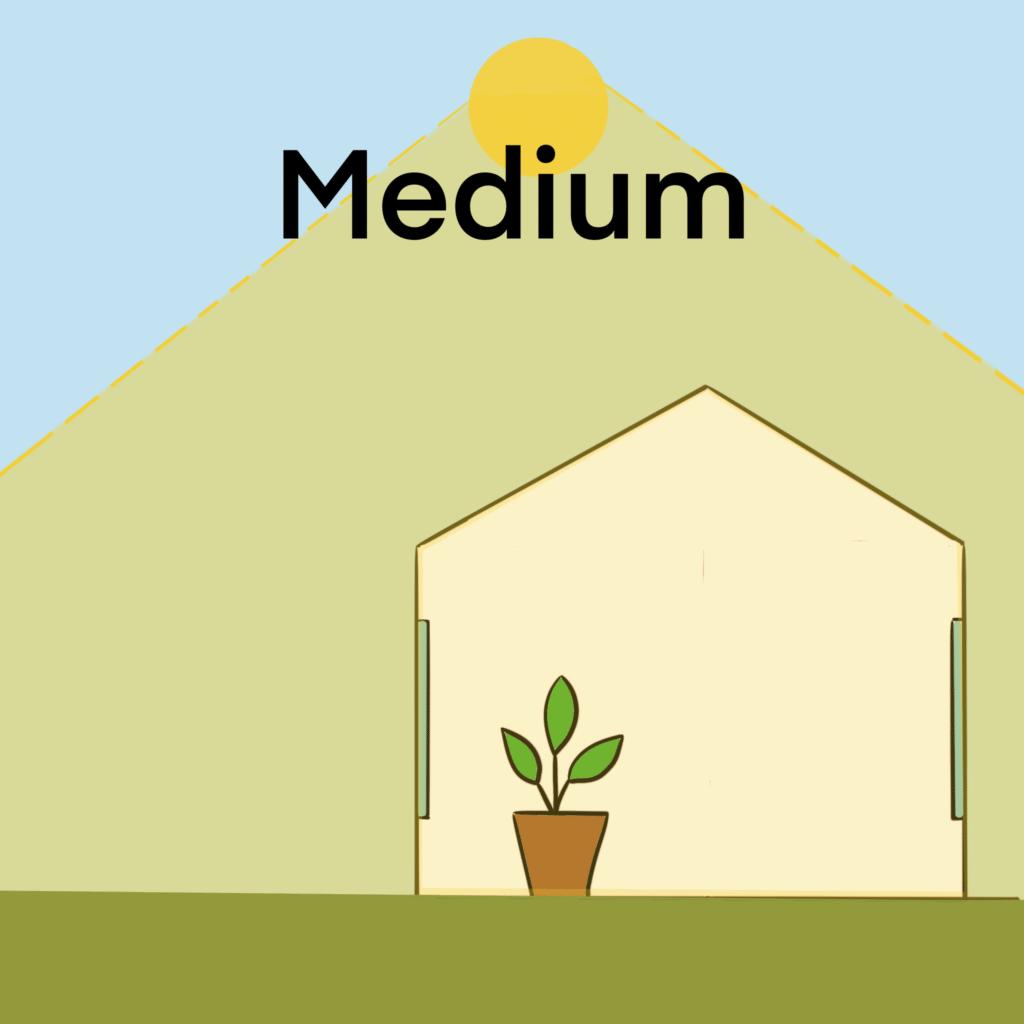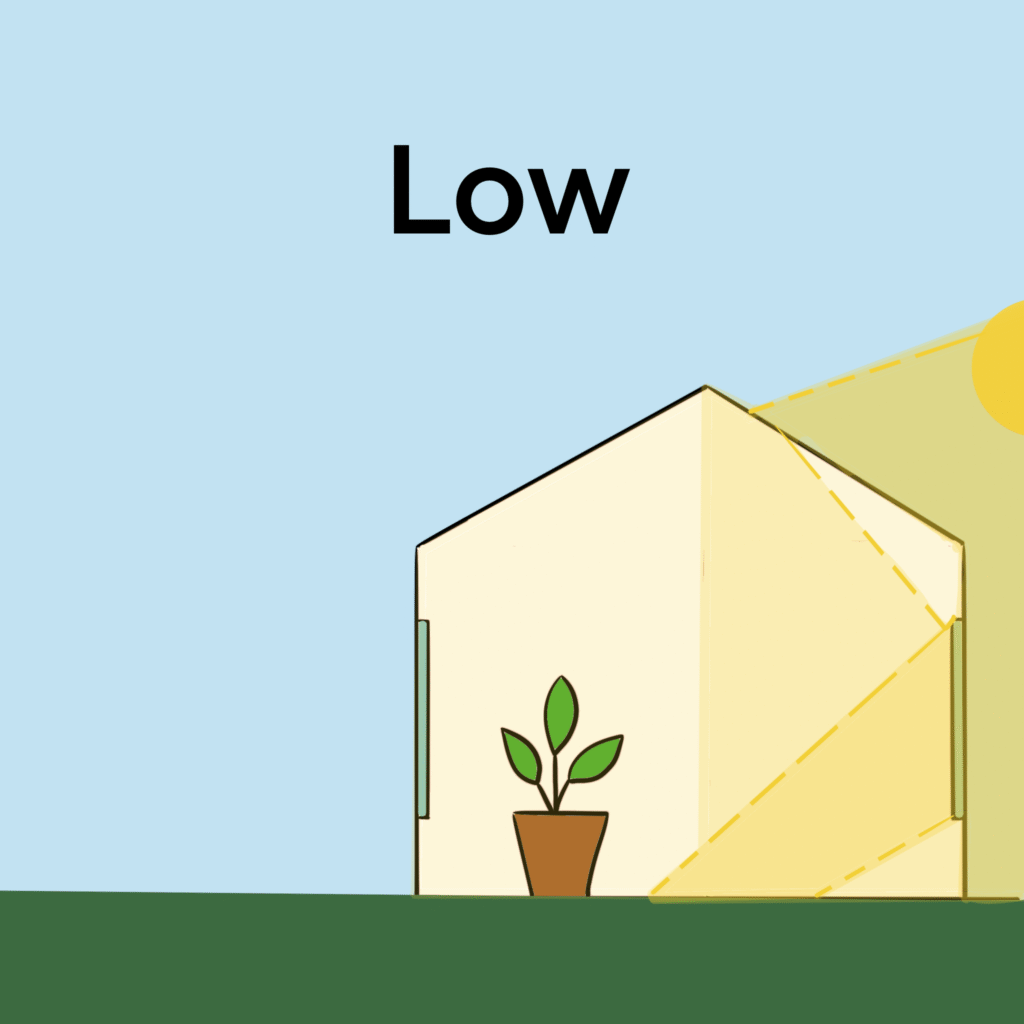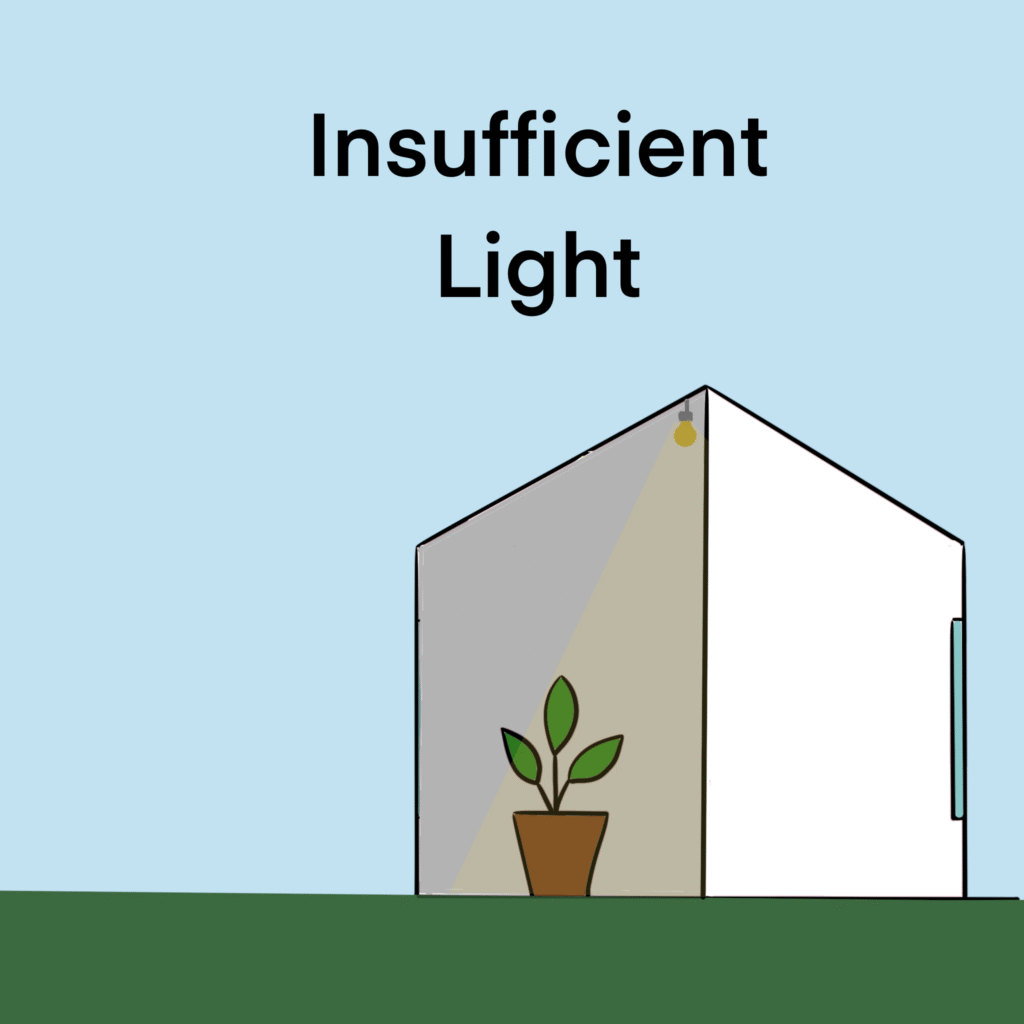Shedding Some Light On Light
What is bright indirect light? How much light is low light? Is my plant getting enough light?
These are all questions many of us have asked at some point. Let’s talk about how much light your plants need.
Definitions:
Direct vs Indirect
One of the most confusing terms you’ll come across in plant care is “bright indirect light,” let’s talk about what that means. Picture you’re standing in front of a window, the sun is shining in and you can feel its rays on your face; that is direct light. Now, imagine you take a few steps back, you can no longer feel the sun on your face, but everything is still brightly lit up around you; that is indirect light.
When a plant calls for indirect light it is likely because the leaves are prone to burning. Direct light on leaves can dry out a plant quickly and cause crispy burns on plants that are not suited for those conditions. Many tropical plants call for indirect light because in nature they would be sheltered by the forest canopy which filters light down.
Bright vs Medium vs Low
Light intensity can be a little tricky, but don’t worry we’ll make it simple (light intensity has a formal scientific definition that is different from how we will be using it here, which is more similar to illuminance). For our purposes, light intensity is how harsh the light reaching your plant is. In our previous example, the sun is shining directly in your window, whether you’re standing next to it or a few steps back, you are getting bright light. In Canada, south-facing windows get the most bright light and north-facing get the least.
Low light is a term that can often cause confusion among new plant owners. Low light does not mean no light, imagine your home at dusk and dawn, everything is illuminated but you wouldn’t say it’s brightly lit.
Plants that are typically marketed as low light are better described as low light tolerant. All plants need sunlight in order to photosynthesis to feed themselves, low light plants are no exception. You will usually find that these plants will survive in low light, but thrive in medium or even bright indirect light.
Let’s visualize the light intensity spectrum. Say you have an east-facing window, in the morning, after the sun has risen, the sun shines right in giving you bright light. Around noon to early afternoon, the sun rises to its peak and is no longer in your window, everywhere in your home is lit equally with medium light. As the evening approaches and the sun is in the west, your east-facing window room is now lit with low light.




Length of Exposure
One more important component of light is length of exposure. How many hours a day is your plant getting light? This metric is often used when discussing outdoor plants, usually phrased as full sun, part sun, and shade, but it is also important for houseplants. Think about length of exposure like the length of a meal, whether you have a huge plate of food (bright light) or a little snack (low light) you can only eat so much in a given amount of time. Plants need some level of light for at least 8 hours a day, and many require more than that.
Special Conditions
Sometimes plants need more light than usual, and there are many reasons that could be the case. Variegated plants, sick plants, and young plants often require more light than their counterparts as these conditions require the plant to use more energy to survive. Always consider the unique conditions your plant may require.
Now you know all the basics of light when it comes to plant care. Remember, every plant has different light and care needs so what’s most important is finding a plant that suits you and your space. If you have any remaining questions about light or finding a plant, visit us and ask any of our staff, or email us at info@valleyviewgardens.com.